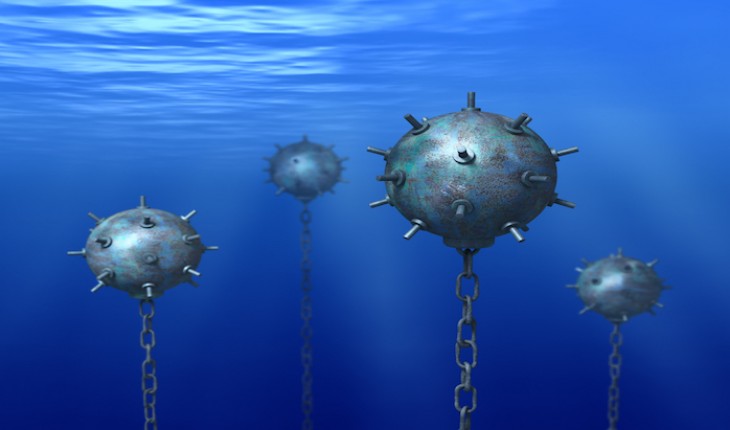Minecraft, a best-selling video game, has been described as the single most creative game for children ever. A high-octane version of building blocks, the game is set in virtual worlds where the players can build elaborate structures using different materials including dirt, rock, sand, lava and obsidian.
As a so-called ‘sandbox’ game, it is also limitless in scope.
Minecraft, a game developed by an independent gaming company in Sweden, is billed as imaginative, educational and fun.
But designed for players aged four and up, it has a more visceral side. Even playing Creative Mode, which is supposed to be the harmless mode, allows players to kill animals such as cows, hens and sheep with a variety of tools and weapons that would gladden the heart of any Roman gladiator.
Switch into survival mode, and it turns into a very scary virtual world indeed, populated by hostile armies of large spiders, creepers, skeletons and zombies that spawn when night falls and want to get you. In this mode, you can actually ‘die’ of your wounds – although you can spawn again. In multiplay, either via the wifi or an Internet server, multiple people can play at once from different locations.
Minecraft, a game that has now has over 30 million regular players, was originally created by Swedish programmer Markus ‘Notch’ Persson, and later developed and published by Mojang. It was publicly released for the PC on May 17, 2009 and released on Xbox 360 in May 2012.
Chartered psychologist Dr Simon Moore, who is a spokesperson for the British Psychological Society, says that playing Minecraft can be a very positive experience, especially for older children. ‘There is lots of research to show that video games help with brain development, spatial awareness, social behaviour and encouraging imaginative play.’ Dr Moore also suggests that more recent psychology based research has demonstrated that engaging in imaginative and creative play can be very beneficial to childrens cognitive development. Many games also now take ethical stances – so doing bad things leads to consequences. However, he believes the Survival mode of Minecraft is not age appropriate for children under the age of seven or for older sensitive children. In particular, he worries about the fact that monsters and zombies come out as night falls – reinforcing a fear of the dark. ‘The connection between darkness and threat in the survival mode of the game reinforces younger childrens natural fear of night time. It could reinforce their belief that night time is dangerous and the domain of monsters. This could lead to younger children finding it hard to sleep and having nightmares.’
Dr Simon Moore believes that game makers should be more explicit about what the game actually does and how far it can go. ‘It should be highlighted when a parent downloads the game so they can take the initiative to use that information appropriately. It is also vital that parents should not always make assumptions about certain games (good or bad), but instead should do some initial research about it. In fact I would encourage parents to spend some times playing games with their children – that way you can keep track of what they are experiencing and you get to have quality bonding time with them’.
Sara White, 44, a primary school teacher in London, says that she has noticed a steep rise in the number of children playing video games like Minecraft on mum or dad’s smart phone. ‘I teach children who arrive in the morning playing these games on mobiles. Their parents literally have to prise them out of their hands and push them into the classroom.
She says that parents are better off buying real building blocks or Lego for their kids and letting their imaginations soar in this world, the real ‘sandbox’ without end.
- Biden Declines Second Term: Health Concerns - 23rd July 2024
- New catheter coating stops bacteria cells from swarming - 10th June 2024
- AI-designed catheters could dramatically reduce urinary tract infections - 10th June 2024







